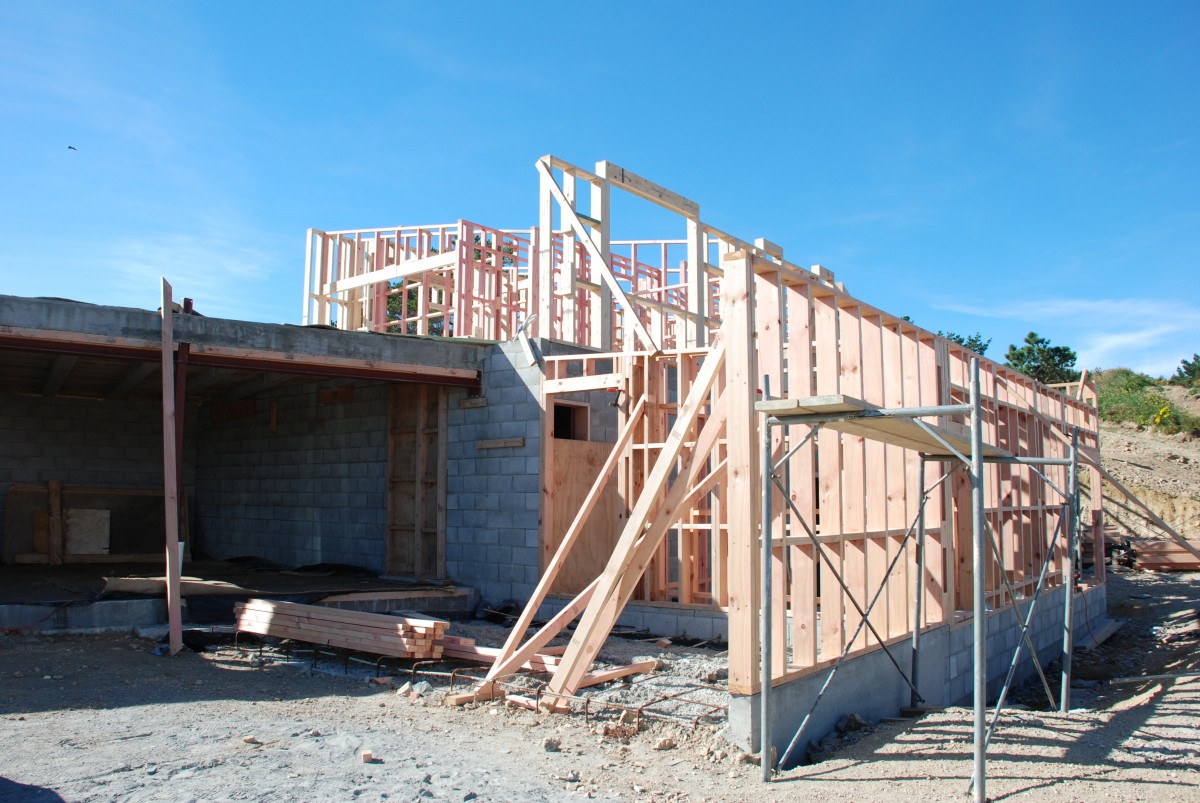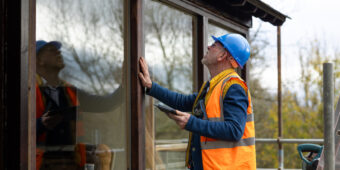Faulty buildings have councils $1bn out of pocket
14 Jun 2019, Building and housing, Industry News, News

Findings released from Sapere Research Group spanning the previous ten years show building defects have cost an accumulative $1 billion in compensation for building consent authorities
Of that total, close to a third was to cover builders and developers who had failed in their operation and avoided their responsibility, with councils usually the last entity remaining to foot the bill. However, the total value of consents issued by Building Consent Authorities (BCA) between 2008 and 2018 was approximately $75 billion.
The research estimates that there were nearly 8,800 building defect disputes between 2008 and 2018, which included the peak of leaky homes litigation that involved $3.8bn of damages for residential properties.
Along with BCAs being left with the bill for other failed parties, homeowners ended up covering the cost of about $458 million.
In 2009, a PWC report estimated it would cost approximately $11.3bn in total to fix up to 89,000 leaky homes between 2002 and 2020. The estimate supported a government initiative where it would work with BCAs to each cover a quarter of repair costs, leaving homeowners to cover the remaining half.
When the PWC report came out, the government expected to spend $1bn through the next five years, but homeowners frequently went to court to pursue full cost recovery, leaving the initiative failing to attract the expected uptake.
Sapere’s research over ten years inspected 138 disputes, primarily in the Weathertight Homes Tribunal and others in the High Court, all with a total value of $145m. Sapere extrapolated the data going by the assumption that 95% of disputes were settled before a hearing and that settlements would typically result in a smaller payout.
It said that builders and developers are typically ordered to pay around a third of awarded damages. However, research suggested they avoided such responsibilities 48% and 68% of the time respectively.
“Concern is often raised about BCAs being the only party left to compensate homeowners when building defects arise. This can mean that the total amount paid by BCAs is disproportionate to the role they played in contributing to that defect,” said Fiona Hill, Building Policy Team Leader at MBIE.
Due to this situation, MBIE considered the option of including a 20% cap on BCA liability in the recent building reform package. However, such action was viewed as unnecessary and the reform suggests the liability settings for BCAs remain unchanged.
According to Ms Hill, this is because other proposals in the building reform package aim to make people more accountable for their work and products, so it is estimated that this will reduce BCA’s potential liability. She also noted that only $335m of the $1bn paid out by councils was to cover the liability of other parties, that BCAs received $75bn in consent fees over that same period, and that court cases involving building disputes were going down.
The planned building law reforms announced in April, which aim to deliver a safer and higher performing building sector, was accompanied by a 190-page discussion document and supporting reports that included the Sapere research.
Register to earn LBP Points Sign in



